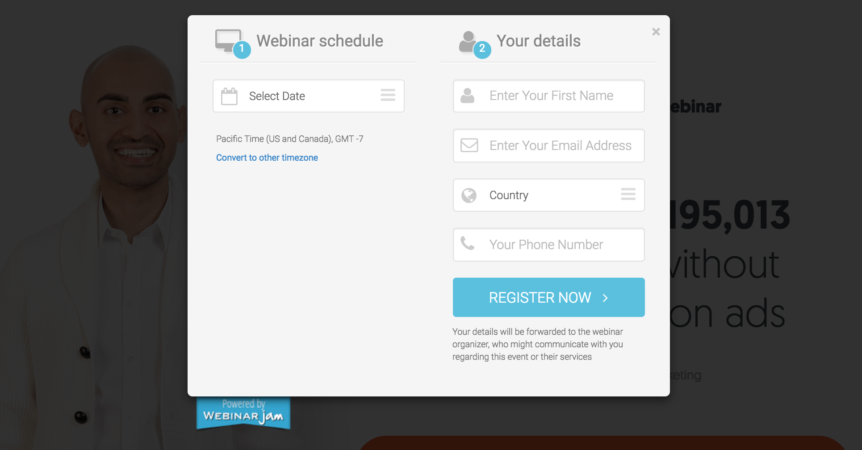Facebook lays down the law on site load speed, and it isn’t pretty for many advertisers.
To put it simply, you better check your sites load speed asap. In a never ending quest to provide the best user experience possible, Facebook has issued a statement that it will begin to factor page load time into ad displays and reach. If your site is too slow to make the cut, it won’t display your links.
This recent addition to the algorithm is in response to data from Facebook stating that up to 40% of users will click away from a site if it takes just three seconds to load. In an attempt to help some advertisers, it has been rolling out several new tools that will pre-load site content and store some of your page information on Facebook’s own servers to help reduce load times. Other tools such as instant articles and Canvas ads also help this case. If, however, an advertiser’s site is too slow to load they can prevent your ads and content from being displayed at all.
“The speed with which a mobile website will load is one factor our ad delivery system will use to determine which ads to show which people,” says Matthew Idema, Facebook’s Director of Ad Product Marketing in a statement to AdAge.
In a similar style, Google has begun rolling out it’s own version of quality control to ensure that load times and mobile experiences are just as high of quality as the desktop experience. Some initiatives they are taking will include suppressing sites that do not have mobile-optimized pages or use large interstitial popups just as those employed by common wordpress marketing plugins. In addition to the site ranking algorithm update, Google also rolled out a new product called Advanced Mobile Pages which is similar to Facebook’s Instant Articles. Google’s new rules will go into effect January 2017.

